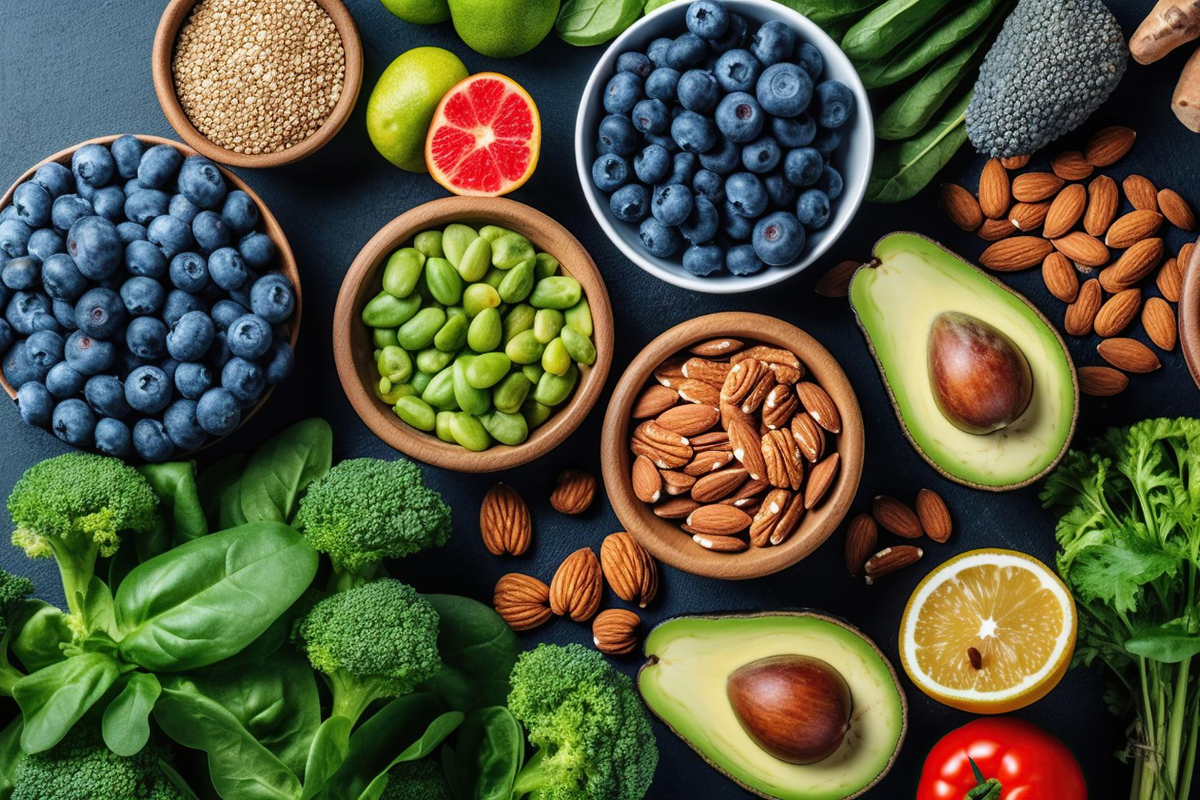If you are looking for a natural way to support your hormonal health, you may want to consider Vitex. This herbal wonder, derived from the Vitex agnus-castus plant, has a long history of medicinal use and a range of benefits for various health concerns. In this blog post, we will explore the fascinating world of Vitex and understand why it is gaining attention as a natural solution for hormonal well-being.

- The Botanical Beauty of Vitex
- Vitex Through Time: A Historical Journey
- Modern Applications of Vitex
- The Active Components of Vitex
- Vitex and Hormonal Harmony
- Dosage Matters: Understanding its Effects
- Vitex and the Menstrual Symphony
- Wrapping It Up: A Conclusion Worth Reading
The Botanical Beauty of Vitex
Vitex agnus-castus, also known as chaste tree, chasteberry, or monk’s pepper, is a native plant of the Mediterranean and Asia. It belongs to the verbena family and can grow up to 6 meters tall. It has palmate leaves and clusters of purple flowers that bloom in summer. The flowers produce small black berries that are the main source of Vitex’s medicinal properties.
Vitex Through Time: A Historical Journey
Vitex has been used for centuries by different cultures for various purposes. The ancient Greeks and Romans used it to treat menstrual disorders, infertility, and inflammation. They also believed that it could promote chastity and suppress sexual desire, hence its name “chaste tree”. In the Middle Ages, monks used it to reduce their libido and maintain their vows of celibacy. In the 17th century, herbalists used it to treat hysteria, epilepsy, and nervous disorders. In the 19th century, it was used to treat malaria, rheumatism, and skin problems. In the 20th century, it was rediscovered by European researchers who studied its effects on hormones and reproductive health.
Modern Applications of Vitex
Today, Vitex is widely available in various forms, such as tinctures, extracts, capsules, teas, and even as a culinary spice. It is mainly used to treat hormonal imbalances, menstrual irregularities, premenstrual syndrome (PMS), breast pain (mastalgia), infertility, menopause symptoms, acne, and more. It is also used to support mood, sleep, and stress management. It is considered a safe and effective herbal remedy with few side effects and interactions.
The Active Components of Vitex
Vitex contains a complex mixture of active components that work together to exert its health benefits. Some of the main components are:
- Agnuside: A glycoside that has anti-inflammatory and antioxidant properties.
- Aucubin: A glycoside that has antibacterial and antiviral properties.
- Casticin: A flavonoid that has anti-inflammatory and anticancer properties.
- Vitexin: A flavonoid that has anti-inflammatory and neuroprotective properties.
- Essential oils: Volatile compounds that have antifungal and antimicrobial properties.
These components act on the pituitary gland, which is the master gland that controls the secretion of various hormones in the body.
Vitex and Hormonal Harmony
One of the main effects of Vitex is that it inhibits the release of prolactin, a hormone that stimulates milk production in lactating women. Prolactin can also affect the levels of estrogen and progesterone, two hormones that regulate the menstrual cycle and fertility. By lowering prolactin levels, Vitex can help restore the balance between estrogen and progesterone, which can improve menstrual regularity, ovulation, and conception.
Vitex may also modulate the levels of other hormones, such as luteinizing hormone (LH), follicle-stimulating hormone (FSH), testosterone, and cortisol. These hormones play important roles in reproduction, metabolism, mood, and stress response.
Dosage Matters: Understanding its Effects
The dosage of Vitex can vary depending on the form, concentration, quality, and purpose of use. Generally speaking, lower doses (such as 20-40 mg per day) may have more stimulating effects on hormone production, while higher doses (such as 80-240 mg per day) may have more inhibitory effects on hormone release. Therefore, finding the right dose for your individual needs is crucial for optimal results.
It is also important to note that Vitex may take some time to show its effects. It may take several weeks or months before you notice any changes in your symptoms or cycle. This is because Vitex works gradually to restore your hormonal balance naturally.
Vitex and the Menstrual Symphony
One of the most common uses of Vitex is to treat PMS symptoms such as mood swings, irritability, anxiety, depression, bloating, cramps, headaches, breast tenderness, and acne.
These symptoms are often caused by hormonal fluctuations during the second half of the menstrual cycle (the luteal phase).
By balancing estrogen and progesterone levels, Vitex may help reduce these symptoms and improve your quality of life.
Vitex may also help regulate your menstrual cycle if you suffer from irregular periods, short or long cycles, heavy or light bleeding, or anovulation (lack of ovulation).
By stimulating or inhibiting hormone secretion, Vitex may help normalize your cycle length,
flow, and timing.
Vitex may also enhance your fertility if you have difficulty conceiving due to hormonal imbalances, such as polycystic ovary syndrome (PCOS), luteal phase defect (LPD), or high prolactin levels. By improving your ovulation, implantation, and corpus luteum function, Vitex may increase your chances of getting pregnant.
Wrapping It Up: A Conclusion Worth Reading
Vitex is a natural wonder for hormonal health that has been used for centuries by different cultures and has been validated by modern research. It offers a range of benefits for various health concerns, especially for women’s reproductive health








